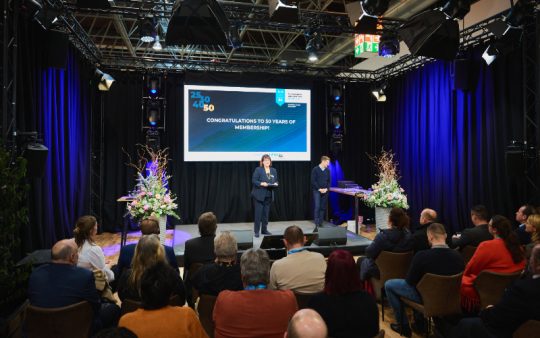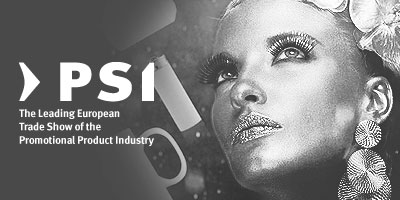Do you know the Higg Index?

Published on 02.01.2020
The Higg Index is a standard that enables brands, retailers and manufacturers to measure and evaluate their performance as regards sustainability.
A system for measuring and evaluating your sustainability performance
The Higg index offers a suite of tools that brands, retailers and manufacturers can use to measure and evaluate their sustainability performance across the entire value chain.
The Higg Index was created by the American SAC (Sustainable Apparel Coalition) based in San Francisco. The SAC came into existence in 2009/2010 after discussions between two industry giants, retailer Walmart and manufacturer of outdoor clothing Patagonia. Since its inception, the organisation has steadily grown in size and envisages creating a clothing, shoe and textile industry that causes no environmental damage and has a positive influence on all people and communities who come into contact with those industries.
Today, more than 250 brand manufacturers, suppliers and organisations are already SAC members.
The first version of the Higg Index was introduced in 2011 and it has been steadily improved on since then as ever more experience and expertise have fed into the project over the intervening period.
The Higg Index is divided into three sections: “Product Tools”, “Facility Tools” and the “Brand and Retail Tool”.
The “Product Tools” help Higg Index customers to understand what impact their products (clothing, shoes and textiles) have on the environment so that they can already take the right decisions during development. This category consists of three sections: firstly, aspects relating to the sustainability of the materials used (MSI Material Sustainabilty Index). The Design and Development Module (DDM) considers what materials and production technologies can ideally be combined with one another. In the Product Module (PM), the impact of a product over its entire lifecycle is assessed, e.g. how much water and energy it uses.
The “Facility Tools” scrutinise the factories and production plants involved in the manufacturing process. They embrace the FEM (Facility Environmental Module), which analyses aspects such as water consumption, greenhouse gas emissions, the use of chemicals or the environmental management systems a company may employ, and also the FSLM (Facility Social & Labor Modules) which focus on work safety and working conditions in the value chain.
The “Brand and Retail Tool” helps participating customers to measure the impact of clothing, shoes and textiles on the environment, enabling them to identify and implement improvements. It also helps to develop new and improved corporate social responsibilty (CSR) strategies to improve the well-being of all those workers involved in the value chain.
Further information: https://apparelcoalition.org/
Text and images: Reiner Knochel














